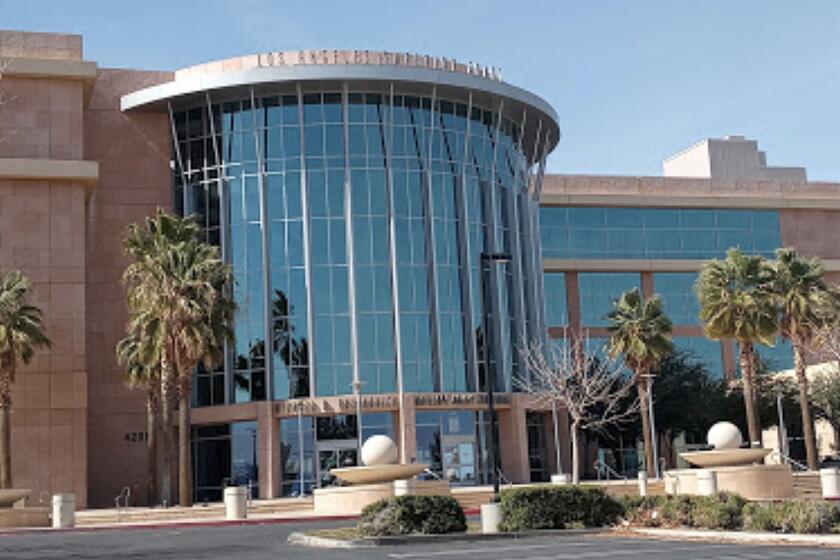After the Flood, the Medicine
- Share via
The waters have yet to recede in several flooded areas of Northern and Central California, but it’s time to examine how the flood control systems worked and the kind of rebuilding that should occur.
Part of the good news is that all of the levees protecting the major urban areas have held up well, and there was no significant flooding in heavily populated areas, including Yuba City, Marysville and Sacramento.
Water managers now face the question of whether they began reducing reservoir levels soon enough in controlling the water flow. Given the difficulty of predicting the storms, it would seem that the river-water managers made the best of a bad situation. Relief and rescue efforts also generally went well, as did the evacuations.
The inevitable issue involves the sensibility of reconstruction in areas where such disasters are likely to recur. The clearest example of the federal sea change in these matters was the moving of entire towns from danger areas after the Midwest floods of 1993. In 1994 Congress mandated that property owners who refused to obtain private flood insurance would be allowed just one more request for emergency federal funding to rebuild their homes. For some affected by the Western flooding, that resource already has been tapped, a situation that also strengthens the case for federal disaster insurance.
Sen. Barbara Boxer and others are emphasizing that local governments have a responsibility in this disaster-relief climate to either discourage or restrict new development in disaster-prone areas, or at least mandate stiffer building requirements.
In Southern California, Malibu presents an obvious problem case, having been declared a federal disaster area five times since 1992. As of November, Malibu’s general fund had run dry and the city was hoping for an advance on state and federal disaster monies dating back to its 1993 wildfires.
Today’s special session of the Assembly, called by Gov. Pete Wilson in response to the flooding, will rightly consider immediate relief for the flooded areas around the state. It also ought to use federal monies to mitigate flood damage, funds that Boxer says have gone unused since 1995.
But it’s long-term thinking that’s needed most, and it must come at every government level. Local governments should declare special restrictions on the kinds of developments permitted in disaster-prone areas. California is already viewed in some parts as the nation’s “disaster theme park.” Sacramento and lesser jurisdictions should take steps to assure taxpayers everywhere that it is working to prevent future damage.
More to Read
Sign up for Essential California
The most important California stories and recommendations in your inbox every morning.
You may occasionally receive promotional content from the Los Angeles Times.










